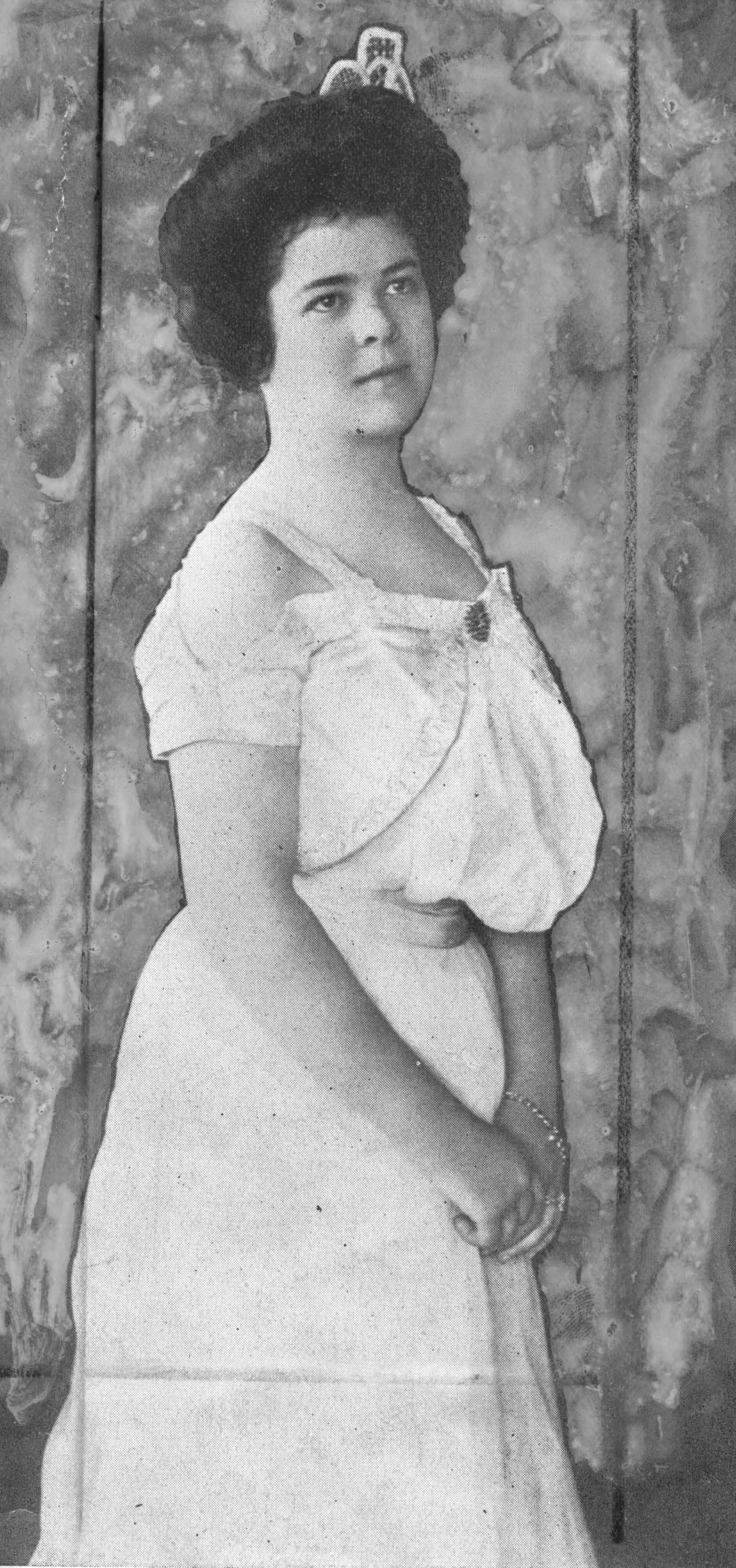1901 WEDDING DESCRIPTION WAS OVER THE TOP
by Judith Linsley
Newspaper accounts of social events in early twentieth century newspapers abounded in lavish descriptions, reporters from rival newspapers seeming to compete for using flowery language.
Both the Beaumont Enterprise and the Beaumont Journal covered a wedding held September 11, 1901. The Journal reported that "J. Bain Price, a favored son, and Miss Gladys Bingham, a lovely daughter of the Queen of the Neches, plighted love's vows and concentrated the union of their hearts with the beautiful ceremony of the Episcopal church."
The Enterprise described the wedding as "a light in the lives of many which will never be extinguished and for two will burn forever….a smile played upon every lip not one tear was shed."
Before the exchange of vows, "Miss Ruth Bucklin glided…into the church," the Journal reported, "and sang the beautiful song, 'Believe' in a clear and ringing soprano."
The Enterprise elaborated: "At 8:30 Mrs. J.W. Bleker began to play softly upon the organ, joined by the violin so well mastered by Mr. Pierce. All were listening as the clear, sweet voice of Miss Ruth Bucklin sang 'Believe'."
The Enterprise reporter went on: "And then--ah! what a pretty picture--came the bride's maids gowned in sheer white organdie over rose pink silk."
The Journal described the bride's gown as "a magnificent white lace robe, embroidered with roses, over white taffeta made with a full train. The waist was high neck and full sleeves trimmed in chiffon." all "in full harmony with [the bride's] exquisite complexion." The Enterprise spoke of "white silk, with flounce upon flounce and lace overdress, with long white bridal veil of tulle."
The Journal declared Miss Bingham to be "the daintiest, loveliest and sweetest bride that ever marched up the aisle of any church." The Enterprise affirmed the bride to be "a dainty little beauty…leaning upon her father's arm, so fair as a fragile flower, [who] came from her father's protecting care to that of her husband."
The Journal continued; not only was Gladys "one of the most beautiful young ladies in Beaumont," she was "the embodiment of culture, grace and refinement of mind, coupled with the most beautiful attributes of physical charms ever given to adorn a woman." The reporter even included the groom, describing Bain Price as "a favorite son of the Queen of the Neches" and "popular" to boot.
The Journal spoke of their union "early in life to fight the battles of the world side by side" and called it "the embodiment of the sweetest sentiment in the philosophy of love and the significance of the perfect life which philosophers teach is the ultimate end of human action and thought."
In addition to their local nuptial fame, Gladys Bingham and Bain Price are remembered for their respective roles in the January 1901 Spindletop oil discovery. Spindletop promoter Pattillo Higgins named his Gladys City Oil and Gas Company for Gladys Bingham, his Sunday School student; and Bain Price furnished the pine slabs for the boiler that powered the Lucas Gusher.
Beaumont Enterprise, September 12, 1901; Beaumont Journal, September 12, 1901.

Gladys Bingham